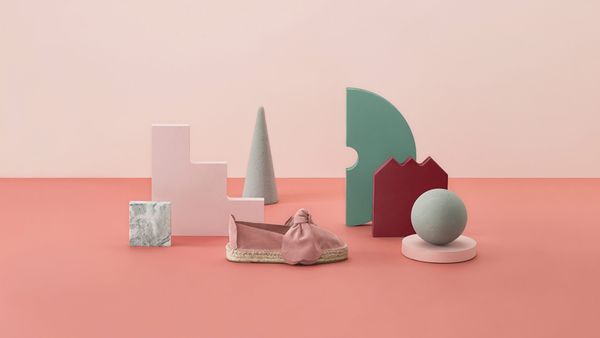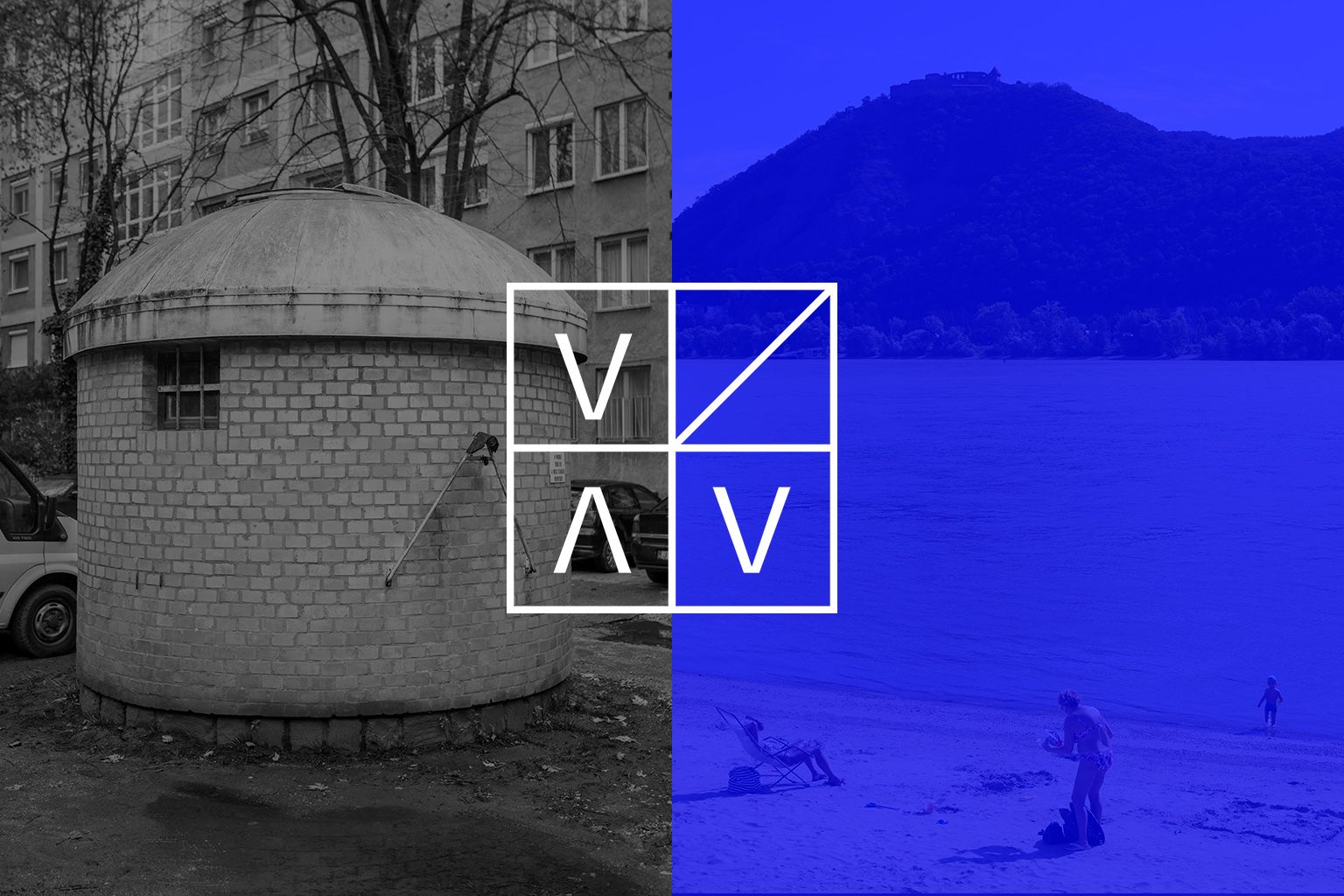Since their launch in October last year, Urbanum’s team has not only organized events and sparked discussions in the spirit of metaurbanism, the interdisciplinary urban research approach represented by them. Their three-fold motto—theoria, praxis, imaginatio, that is theory, practice and imagination—is not only about concept formation and imaginative art constructions. Urbanum is also about the practical implementation of these ideas, observations and notions—because a good theory is also a practice, while good practices don’t always have the right concepts and ideas beneath them. In our latest article, we’ll show our readers what metaurbanism is like in practice, along three Urbanum projects still in formation.
Written by Géza Kulcsár
Sky for all
On Budapest’s Árpád Fejedelem Road, in a garden reserved for the residents of one of the condominiums, stands one of the most original remnants of Hungary’s intellectual history of the recent past, invisibly and underused: the Georgiana observatory erected by the legendary scientific author, geographer and amateur astronomer Péter Hédervári (1931-1984), which the current owner put up for sale in October 2020 with the condition that the buyer must remove it from the plot.
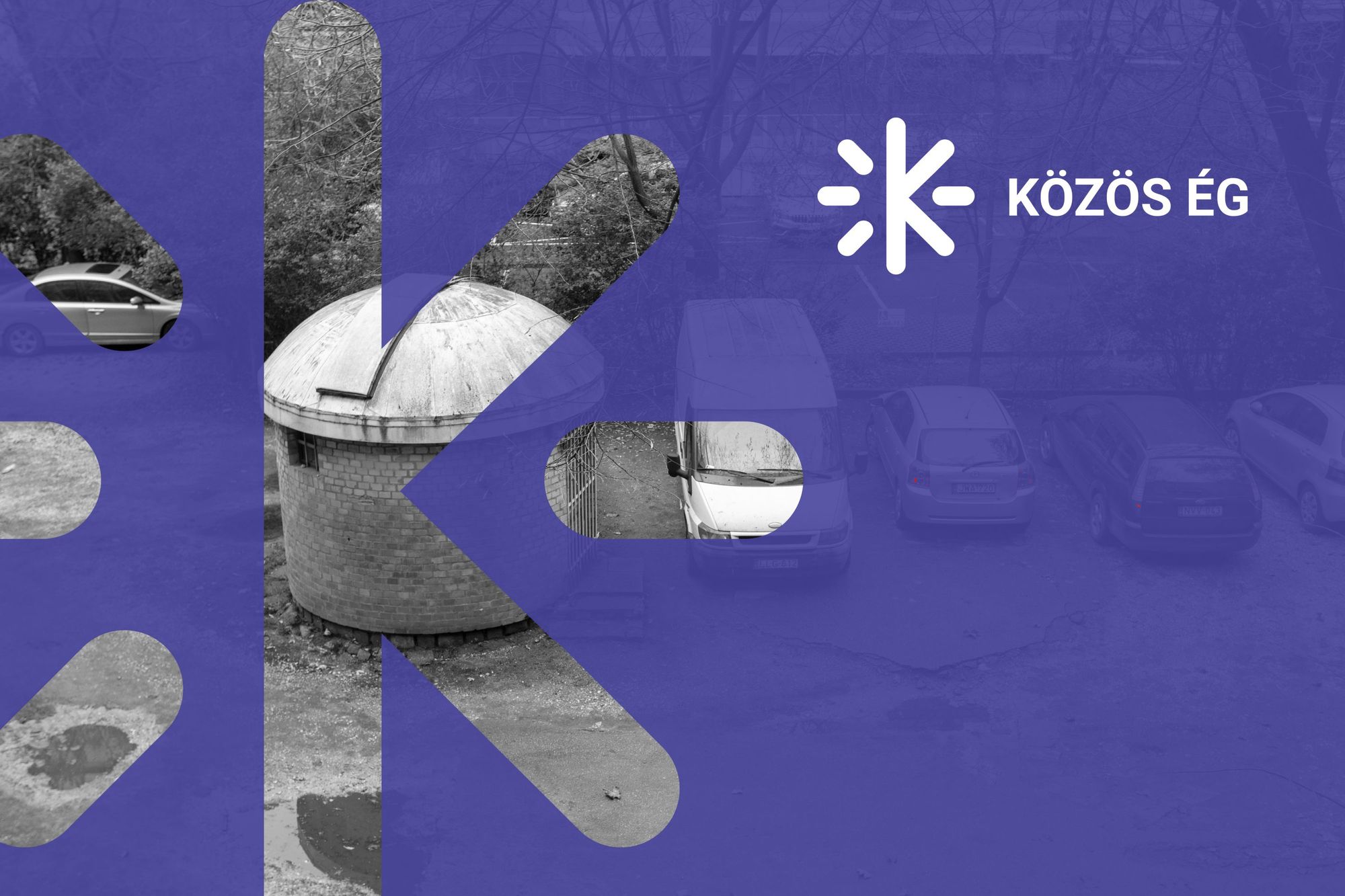
We think that the building, including its (and its builder’s) fate, original function, current anonymity, and, above all, the intellectual and scientific associations brought to life by the same, is not an insignificant hindrance deserving demolition, rather an object with tremendous creative potential and a broad connotation space, whose salvaging and further operation in one way or another is an important goal of ours.
The observatory’s value does not manifest on a material level primarily, rather in its interdisciplinary intellectual context. The actual saving of the observatory cannot be implemented via a simple relocation, but in a complex, creative space recreation project also involving an adaptive approach and methods.
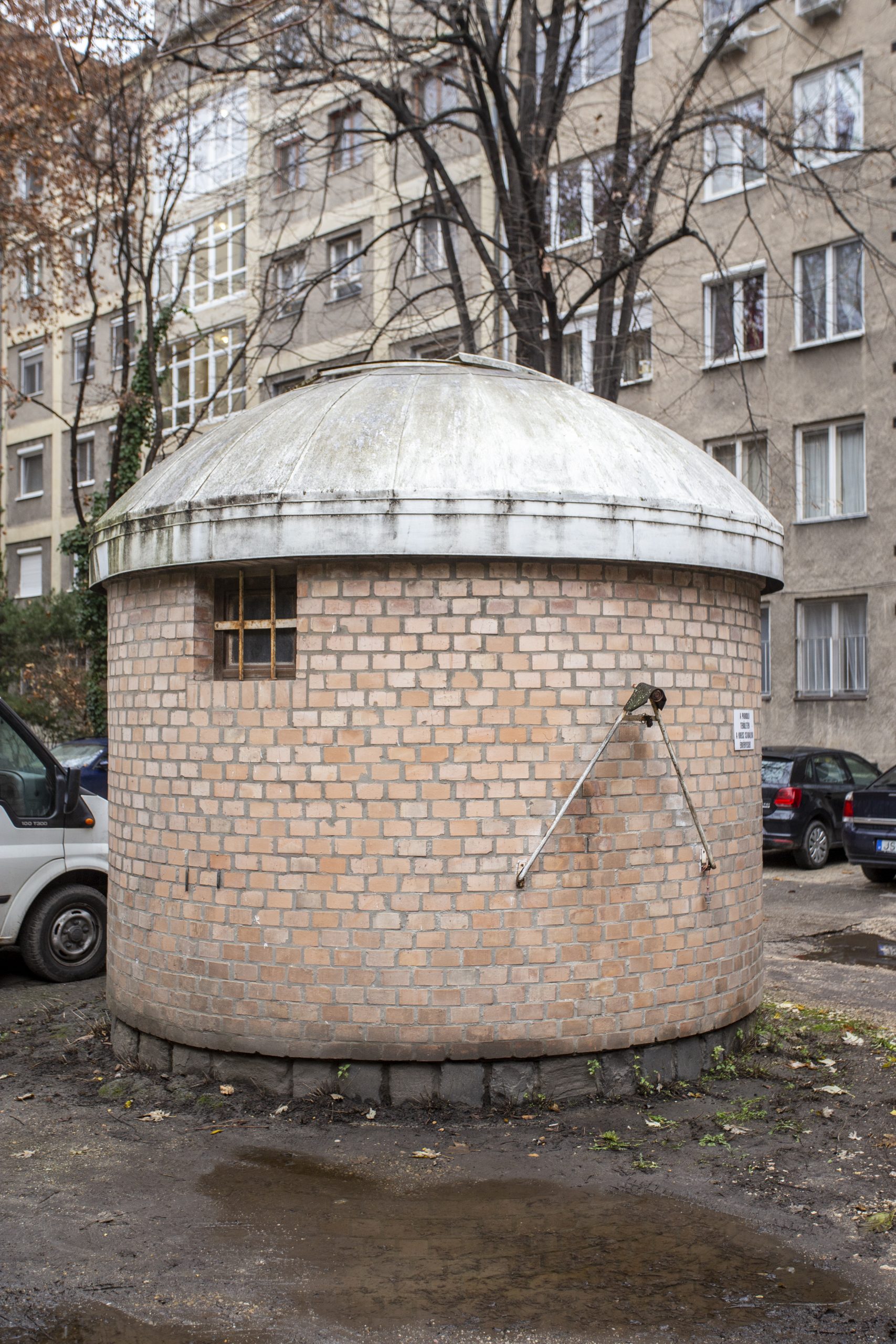
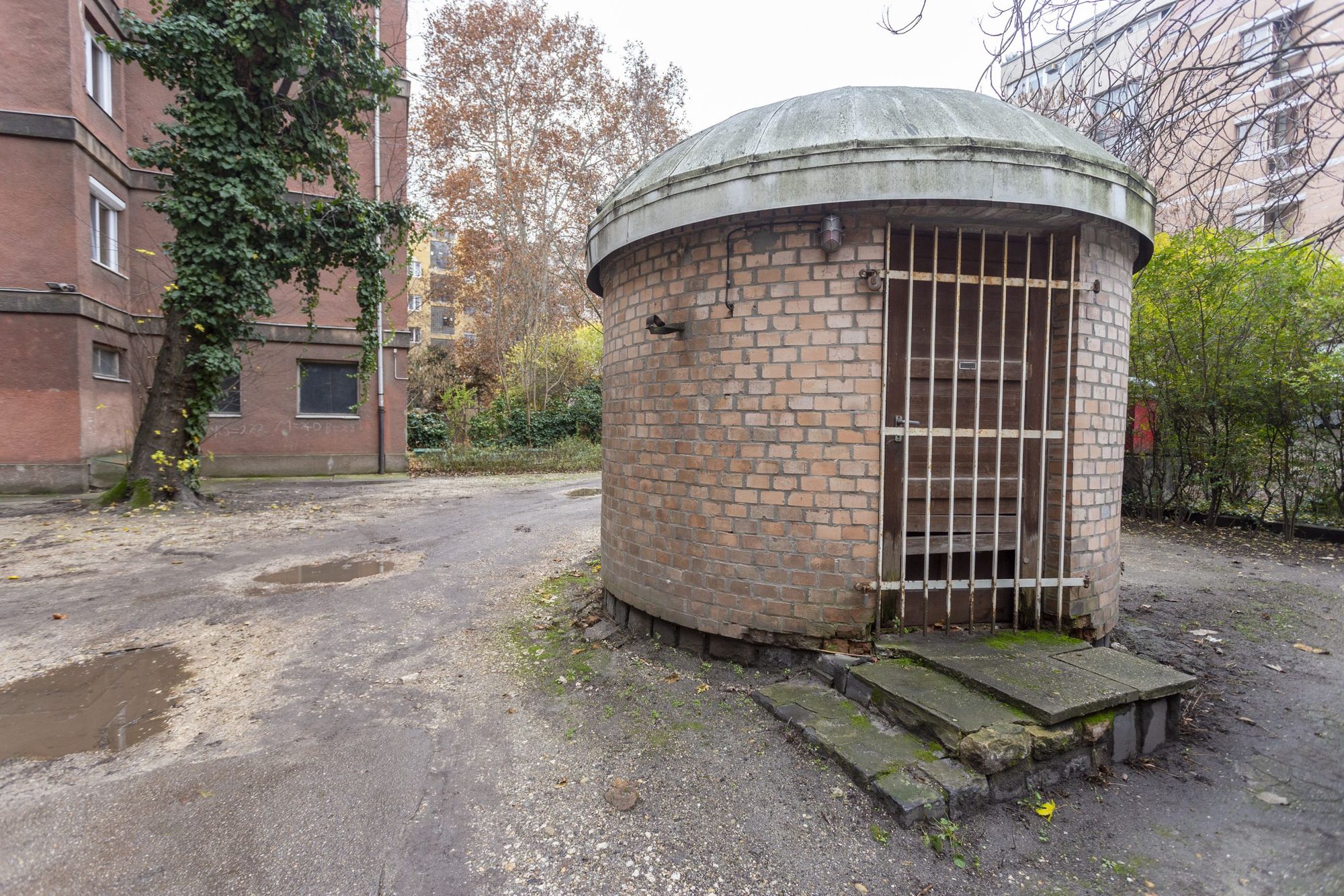
The goal is to create an interdisciplinary team to revive the observatory where architecture and urbanism are just as emphatic as history of science and intellectual tradition (by which we mean both the intellectual-cultural heritage manifesting in the observatory and the collective experience turning towards the stars).
The first steps have already been taken: both the managers of the Hédervári estate and adaptive heritage protection experts have been notified of the plan, and the potential of the project also caught the attention of a few imaginative architects. The epidemic somewhat impeded the processes in this case (as well), but slowly the project will get back on track. We hope that the sky for all can soon turn into a project involving all.
Isz-Terek – The power of the Danube(Bend)
Urbanum’s team has already organized two discussions to get to know the “secrets the dark Danube used to bear” (Endre Ady). May we look at it as a transportation and touristic, an urbanistic and geographical or an intellectual entity, the Danube always glints one of its faces—then flows on. One thing is certain though: the Danube shapes the life of those living in its vicinity, and in turn these people shape the Danube with their lives, at least how we think about it and how we experience it.
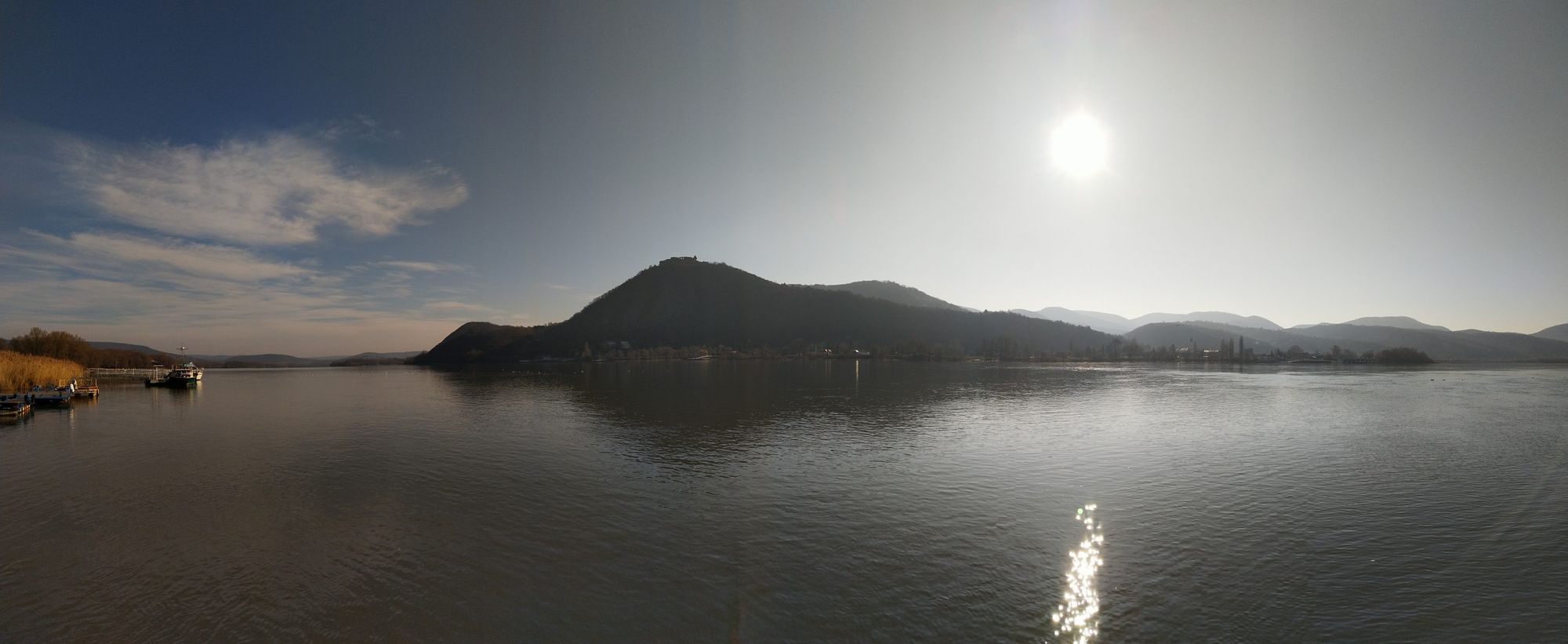
Therefore Urbanum reached out to data scientists whom their team likes to work with and also ones that do not gain the data by mapping the objective, structured environment—instead, they draw their conclusions from the personal, even subjective, and digitally available imprints of people. The relationship of those living next to the Danube can only be outlined authentically via the synthesis of the two approaches.
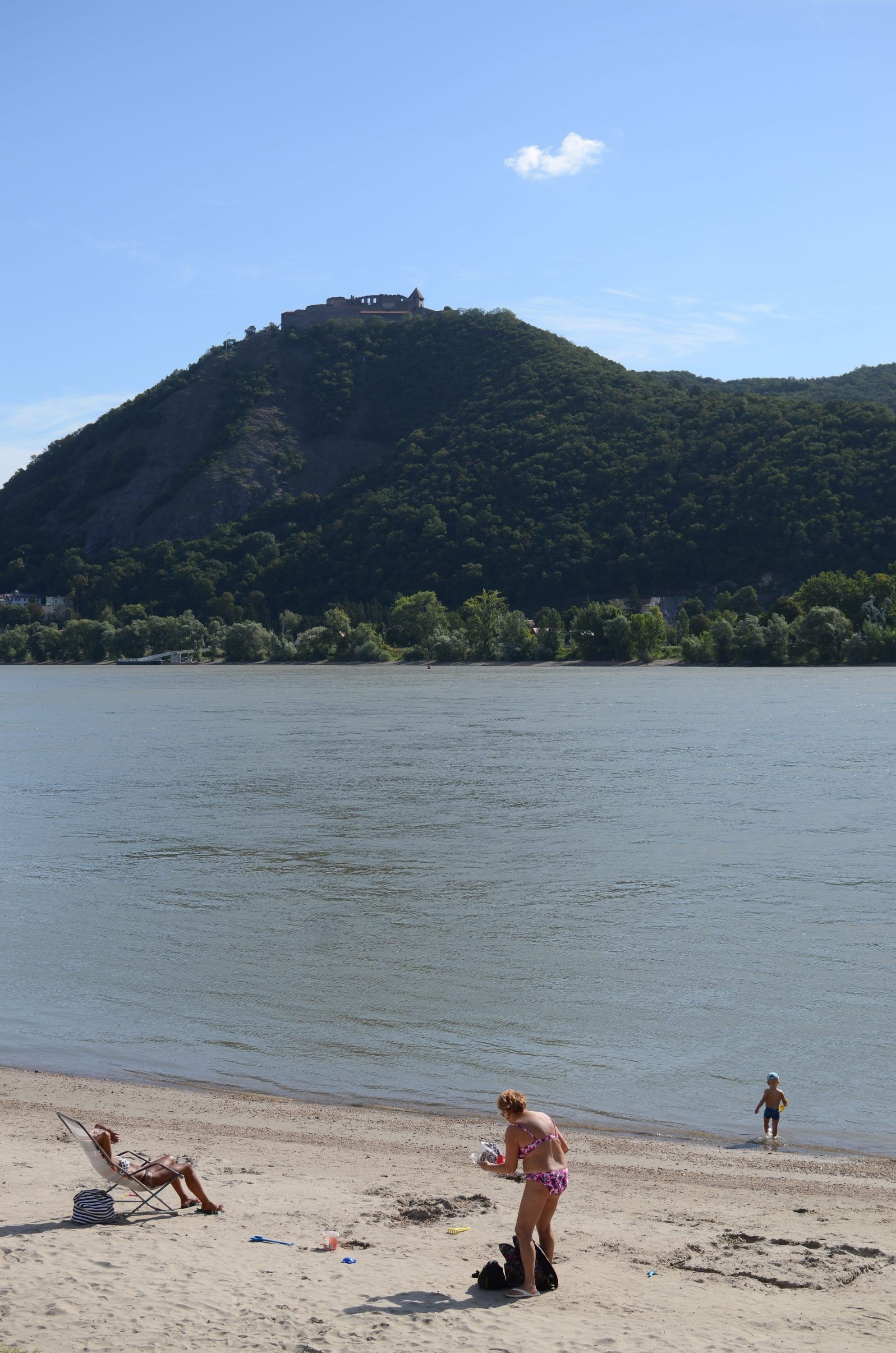
After a lengthy planning and ideation phase, in the course of which we were looking to decide which aspect to attempt to capture this complex social and field theory question with out of the unlimited options, the team finally focused on the Danube Bend. With the perceptive combination of online maps, applications and personal data sharing, the map of the habits of Budapest residents and even those living in the villages and towns of the Danube Bend can be outlined: when and how do they hike to the Danube, what do they like to do there, and last but not least, what transportation organization implications do their trips result in.
The Danube Bend was a good choice also because it allowed Urbanum to meet several other public actors that think about the region’s future actively and responsibly, including the Dunakanyarkult initiative and the supportive cooperation of local businesses.
The Danube Bend has been fulfilling a prominent role among the areas having a direct and dynamic relationship with Budapest for a long time. The settlements of the Danube Bend are part of a dynamic incomparable to anything else: they are one of the end points of the movements and power lines from Budapest to the countryside and vice versa and a habitat having an independent character and charisma due to their qualities all at once—and even more: a social and cultural entity.
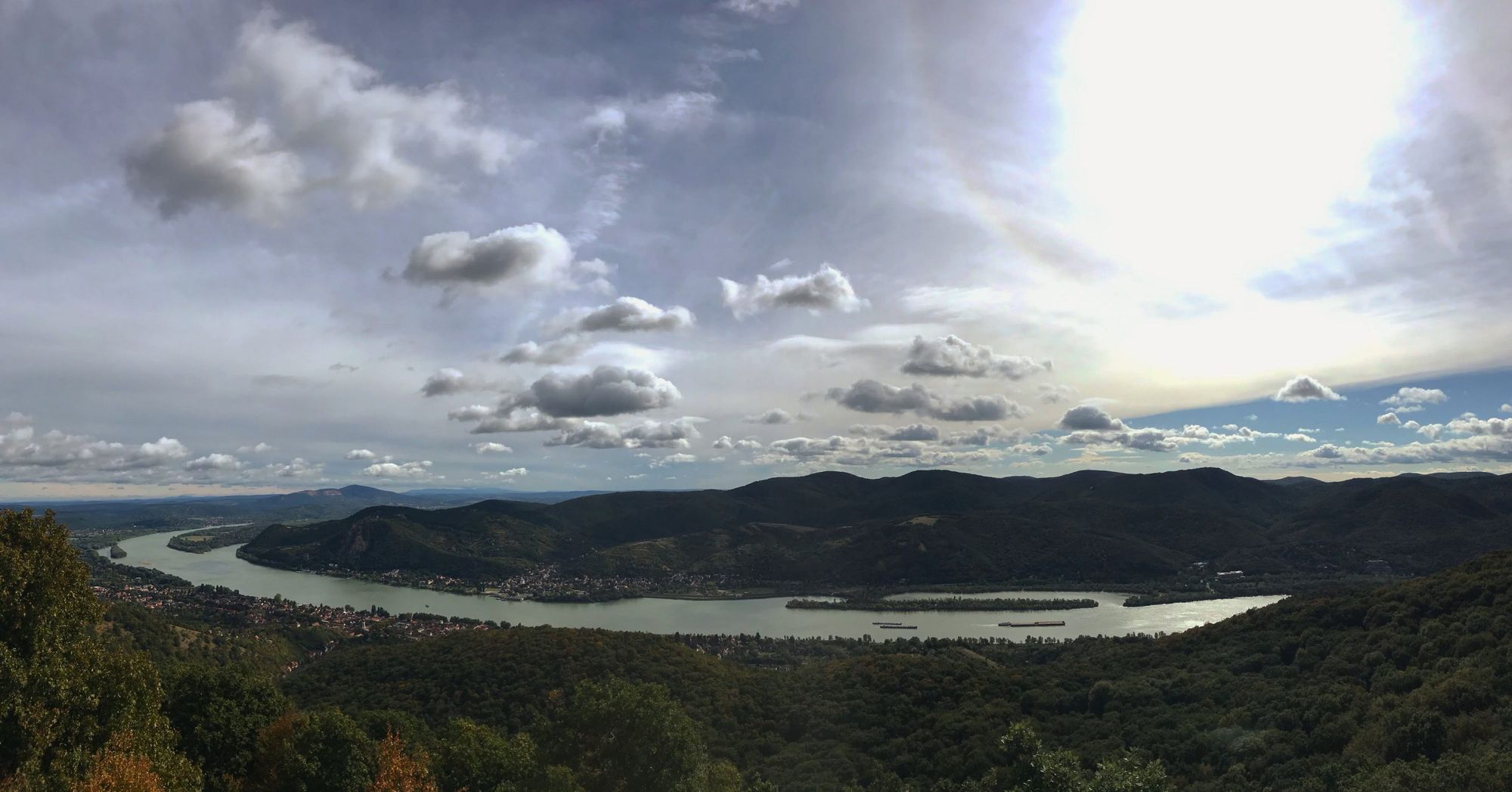
Our goal is to unravel this significant role that is not yet explored in certain aspects or only understood implicitly, and what’s even more important, to channel back the value and knowledge thus generated to where it belongs: to the settlements of the Danube Bend.
BP UP! – Course for a more sustainable Budapest
In addition to the above activities, Urbanum also strives to represent its activity in university education, and so it teamed up with the professors of the BME Faculty of Sociology and Communication to thematize the concept of sustainability directly, with prompt attention and in an up-to-date manner. Today, this term is practically everywhere, it forms part of almost all global strategies as well as the more human-scale aspirations aimed at changing our everyday life—yet those attempting to define what sustainability is exactly undertake a difficult job, as the participants of the course could experience first-hand.
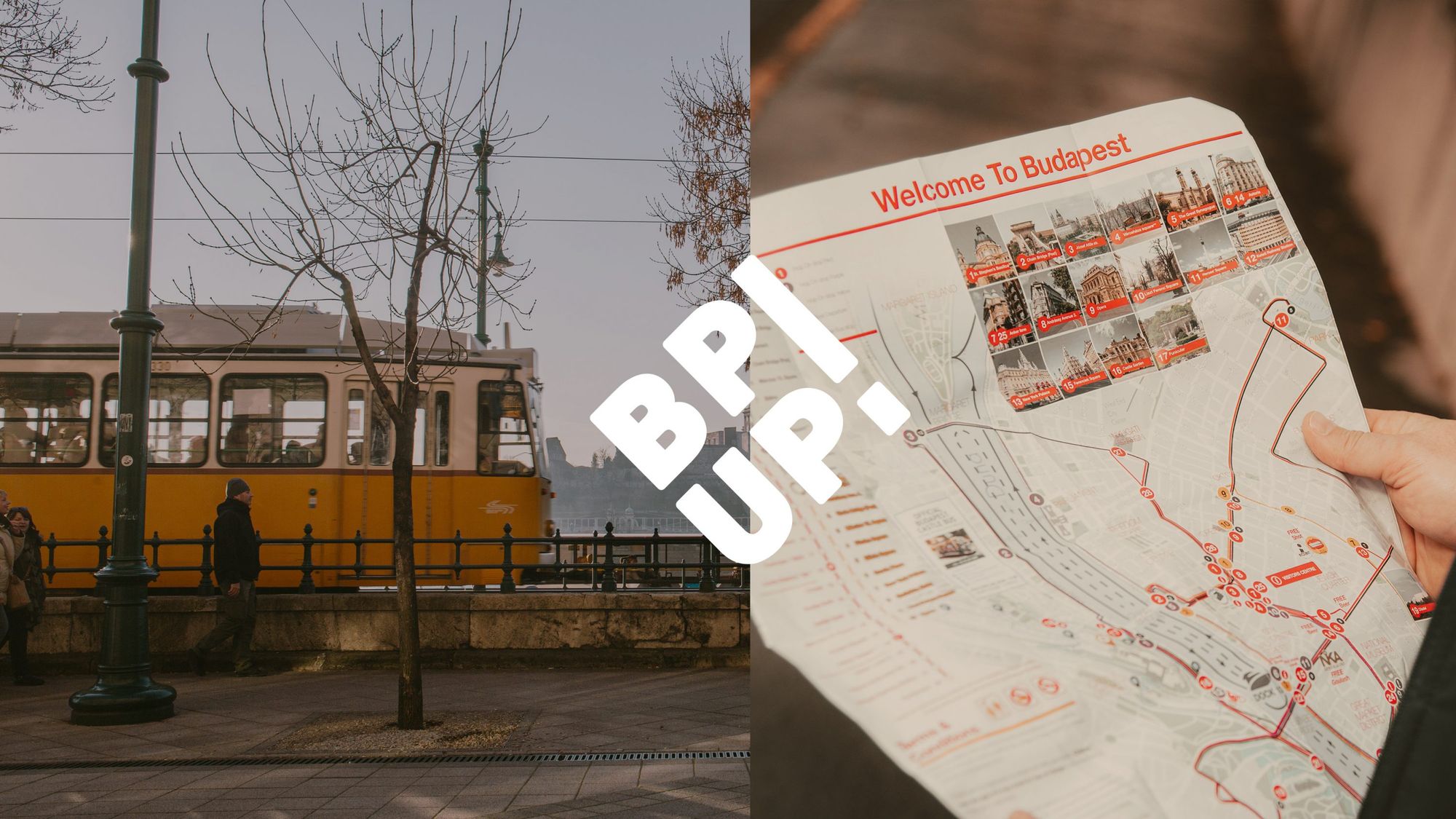
The course encompasses everything from the universal clarification of the concept of sustainability through understanding the city’s responsibility structures to exploring the possibilities for action on the level of everyday life. The program has just arrived to its most exciting phase: after the lectures and roundtable discussions, now it’s up to the students to work out their own projects and to elaborate proposals for a more sustainable Budapest.
The results achieved not only offer potentials for the students: the course was designed in a manner to allow interested outsiders to join the process in certain cases. On top of it all, life does not end at the end of the semester: Urbanum would like to share the results with a broader audience and examine and facilitate the implementation of proposals offering true potential.
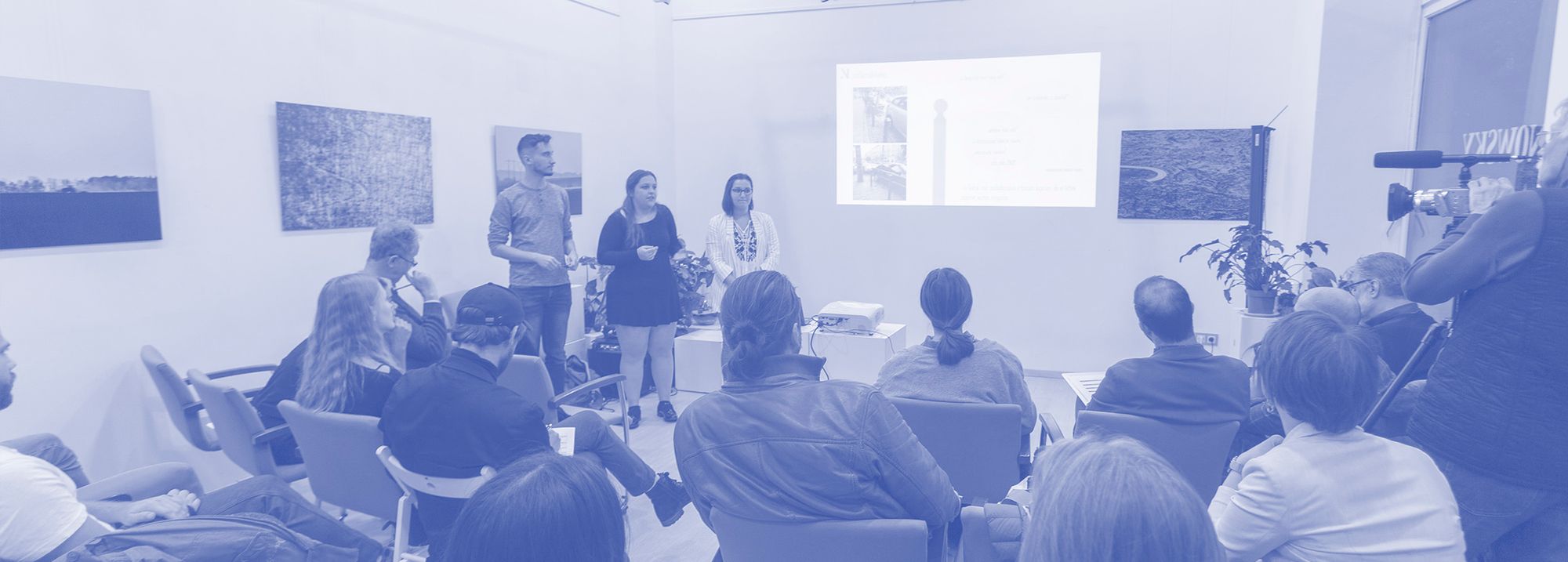
The essence of metaurbanism is connection. If you are interested in either of the projects, feel free to reach out to the team of Urbanum!
In our article series, the founders of Urbanum as well as the experts participating in the initiative discuss the topics concerning and influencing the city in the form of interviews, case studies and short opinions.
Urbanum | Web | Facebook | Instagram
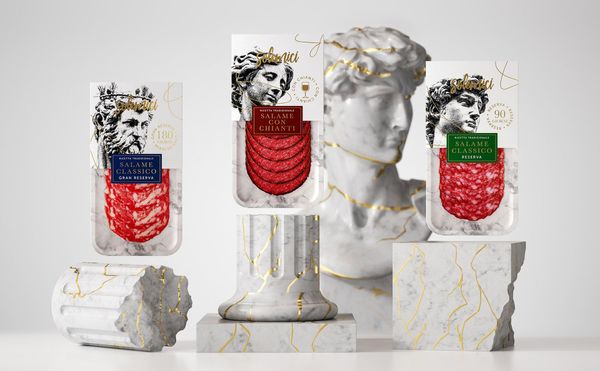
A meat packaging concept with Renaissance masterpieces
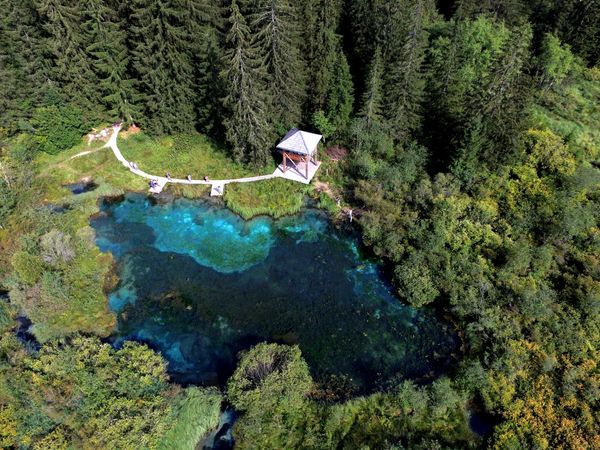
Where the lake never freezes | Zelenci Nature Reserve
